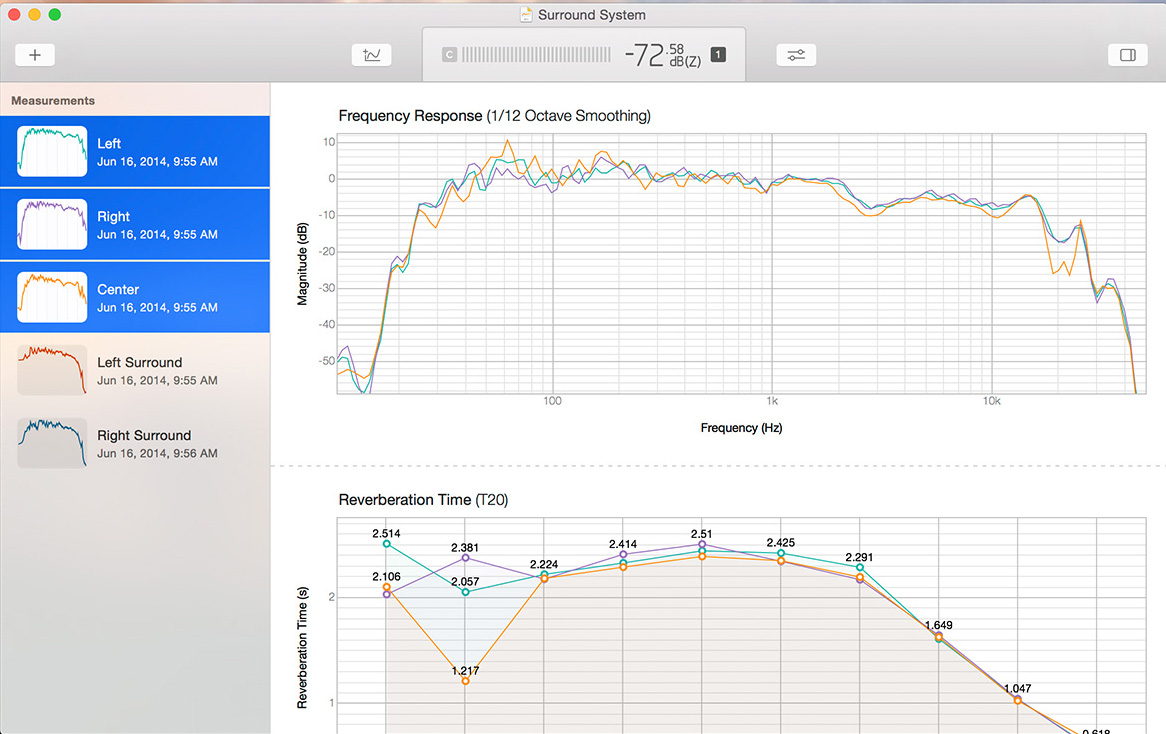
After that, large-scale land investigation and research in Europe and the United States, represented by Britain and the United States, and Japan in Asia, continued to advance.

In 1930, the famous geographer Sample studied the quality of land in Britain and compiled a British land use map. In the 1920s, the Americans Thor and Jones proposed the concept of land use, and the British Bona made a rough estimate of the country’s land resources. Over the next period, land-use research developed rapidly. In 1832, he published the publication of the book “The Relationship of Isolated Countries with Agriculture and The National Economy” which also heralded the birth of the theory of agricultural location. The famous agricultural geographer Duneng (Johann Heinrich-von Thun-en 1783-1850), who selected a piece of land 50 miles away from the city as a research object, analyzed the distribution of farming operations dominated by the level of land rent prices. In the 19th century, Germany was the first country to study land use. People began to understand and study the relationship between man and land, the law of change, and development of man and land and looked forward to better playing the function of every inch of land. The relationship between man and land is constantly evolving, and the contradiction between man and land is also constantly prominent. With the development of human beings, the land has been continuously developed and utilized, which has broadened the space for human activities and improved the quality of human life. It is both a natural material form of existence and great material wealth of human society. Its connotation has constantly been changing as human beings have deepened their use and understanding. It is the first natural substance that human beings have been exposed to since its birth, an abstract reflection in the human brain. Since the birth of the earth, land resources have been born from it. The research results of this paper can provide reference for future urban planning, land structure adjustment, land resource utilization and protection, food security, ecological security, economic security, and so on. Finally, the Tobit model is constructed to further analyze the influencing factors of total factor productivity of urban land use and explore the influencing mechanism of government regulation, land opening, and other factors and land development. Combined with the analytic hierarchy process (AHP), comprehensive evaluation method, through the combination of subjective and objective methods, is comprehensively evaluating land benefits. Then, based on the theory of fuzzy mathematics, the improved particle swarm optimization (PSO) algorithm is used to identify the fuzzy density value of the evaluation index. Based on land input and output, this paper constructs the evaluation indicator system of comprehensive benefit for land use. This paper firstly selects six indicators from six aspects of land resource input, capital input, and economic output, and so on.

Based on fuzzy mathematics theory and biological heuristic algorithm, the land input-output benefits are evaluated comprehensively. Land use and comprehensive land evaluation are essential.


 0 kommentar(er)
0 kommentar(er)
